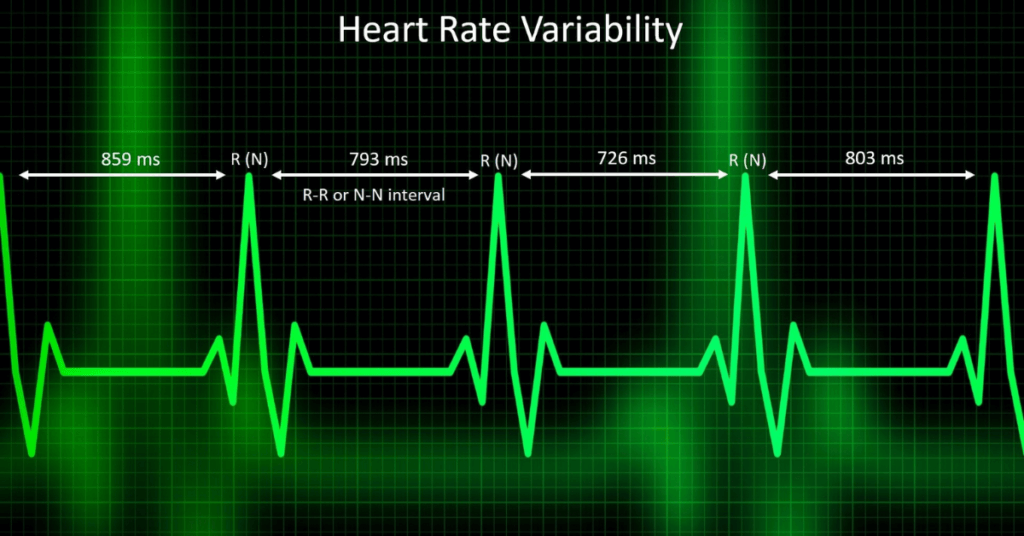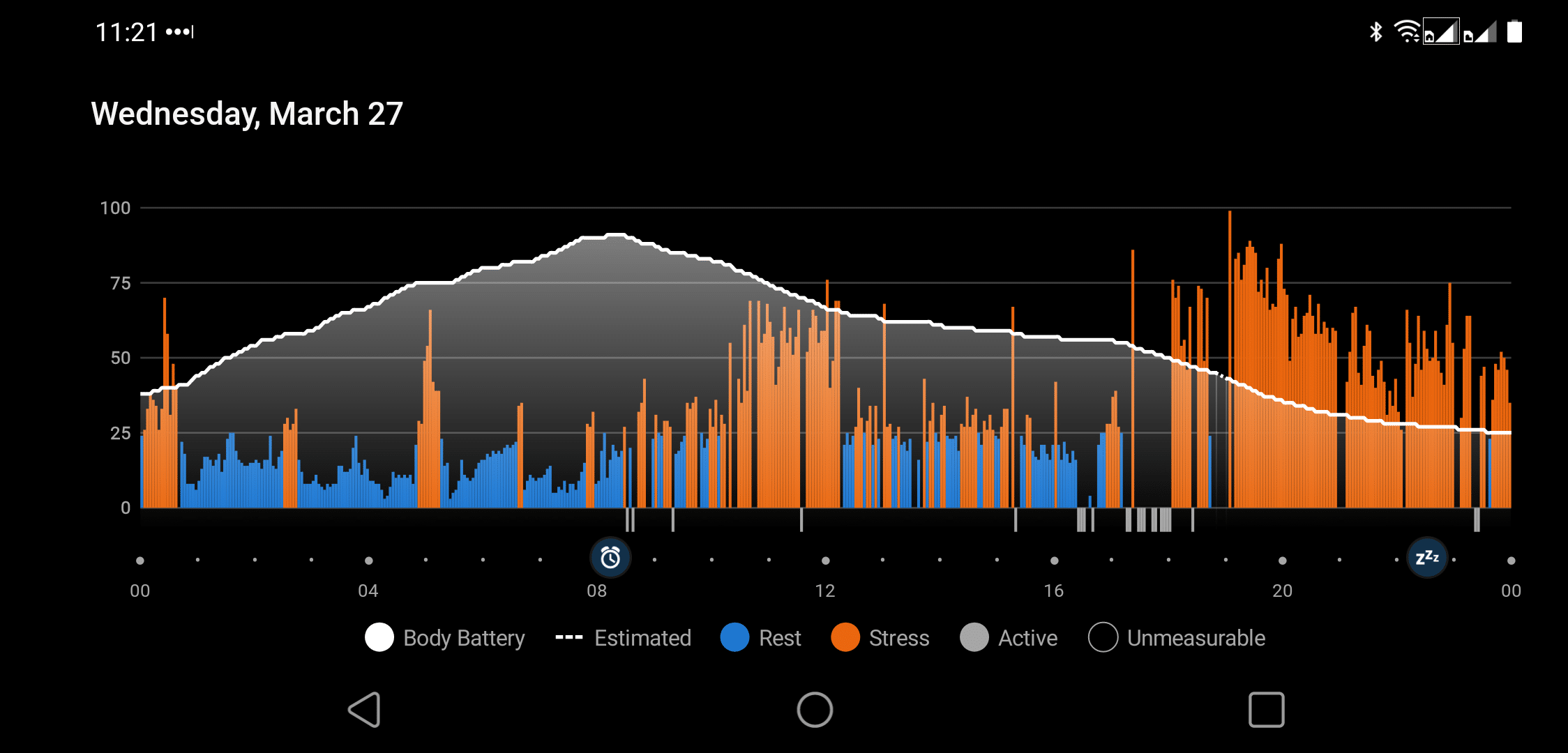In an era when wearable technology has become integral to health monitoring, particularly stress management, accuracy is paramount. Focusing on Garmin’s stress level accuracy, this article aims to elucidate the precision of stress tracking technology, essential for those seeking to rely on these devices for effective stress management.
How accurate is Garmin’s stress level monitoring?
Garmin’s stress level monitoring uses heart rate variability (HRV) as a primary metric, offering a scientifically supported stress-tracking method. While it provides a reliable indicator of physiological stress, individual experiences may vary, making it important to use alongside personal judgment for stress management.
Garmin Stress Tracking Insights
- Heart Rate Variability (HRV) as a fundamental metric offers a scientifically-supported window into stress levels.
- Personalized feedback enhances user understanding and management of stress over time.
- The Body Battery feature integrates stress, sleep, and activity to offer a comprehensive wellness snapshot.
- Software updates frequently improve stress tracking accuracy and introduce new wellness features.
- User experiences highlight the importance of considering lifestyle factors (like activity levels and sleep) for accurate stress measurements.
- Garmin’s collaboration with experts such as Firstbeat Analytics ensures the continuous refinement of stress-tracking algorithms.
Understanding Garmin’s Stress Level Accuracy
When diving into the core of Garmin’s stress level accuracy, think of it as the detective work of wearable tech. Garmin devices use heart rate variability (HRV) as their magnifying glass, peering into the tiny fluctuations of your heartbeat to understand how stressed you are.
Disclosure: Some of the links in this article may be affiliate links, which can compensate me at no cost if you decide to purchase. This will help grow this site and help more people. Thank you for making a difference!
These fluctuations are like the Morse code of your autonomic nervous system, sending signals about your body’s response to stress. The accuracy of this method is not just science fiction; it’s supported by extensive scientific research, making it a reliable indicator of your current stress level.
The Science Behind Stress Tracking
Our bodies are like sophisticated machines, and the autonomic nervous system is the central processing unit controlling our stress responses. Garmin taps into this system, measuring the beats of our hearts as if deciphering an ancient rhythm. The variance between these beats, or HRV, tells a story about our stress levels.

High stress often leads to less variability, signaling a constant state of ‘fight or flight,’ while a calm mind is accompanied by higher variability, indicating a ‘rest and digest’ state. The dance of numbers offers a glimpse into our internal state.
Garmin’s Methodology: From Data to Stress Score
Garmin doesn’t just throw numbers at you and call it a day. Instead, it cooks a stress score, using HRV as its main ingredient, seasoned with algorithms and analytical magic. This process transforms raw data into a digestible score, providing a snapshot of your stress landscape.
The beauty of this methodology is in its simplicity for the user; with a glance at your wrist, you can gauge the tempests or tranquillity within, helping you navigate your day with more awareness.
The Accuracy Debate: Garmin Stress Tracking Reviewed
Not all heroes wear capes, and not all stress measurements are infallible. While many find Garmin’s readings a reliable sidekick in their quest for wellness, skeptics raise eyebrows, pondering the influence of external factors like physical activity or caffeine intake. This debate underscores the importance of a balanced view, recognizing Garmin’s technology as a tool rather than an oracle.
Personal Thoughts
In my quest to control stress, I sought not just remedies but also validation that what I was doing made a difference. Garmin’s accuracy in its stress level feature offered me a glimpse into how my body was reacting, providing tangible evidence that helped guide my approach to managing stress.
While no tool is perfect, Garmin’s technology has been a reliable companion on my recovery journey. It has allowed me to measure the effectiveness of different stress management techniques, helping me focus on what truly works for my body and lifestyle.
Frequently Asked Questions
How does Garmin calculate stress levels?
Garmin calculates stress levels by analyzing heart rate variability (HRV), the time variation between each heartbeat. This method is grounded in understanding the autonomic nervous system’s reaction to stress, providing a quantifiable measure of your body’s response to stress throughout the day under various conditions.
Can Garmin devices detect stress accurately during physical activity?
While Garmin devices are designed for all-day stress tracking, the accuracy in measuring stress can be influenced by physical activity. During exercise, heart rate and heart rate variability change due to physical exertion, which might not accurately reflect stress levels but rather the body’s response to activity.
Are there ways to improve the accuracy of stress tracking on my Garmin?
To enhance stress calculation accuracy, ensure your Garmin device is worn correctly—snug but comfortable on your wrist—and during periods of calm, such as seated rest or paced breathing exercises. Regularly updating your device’s software can improve functionality and tracking accuracy.
Why might my Garmin show a high stress level even when relaxed?
Sometimes, your Garmin might indicate a high stress level during sleep or moments of relaxation due to irregular sleep patterns, disturbances, or even dehydration. It analyzes the autonomic nervous system’s balance, which can be affected by various physical or environmental factors, not solely psychological stress.



